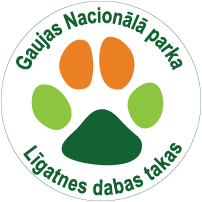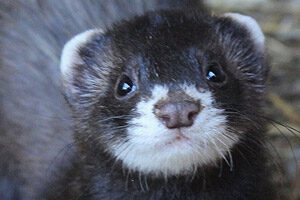Where do they live? They live mainly on the forest edges and in overgrown clearcuts, usually near small water bodies or mires. In winter, they tend to move closer to populated areas, which is explained by the fact that they come here in search of food.
How do they live? They are active all year round, especially during the dark and twilight hours. They climb trees and swim, but spend most of their time on the ground. Polecats are territorial animals. They mark their territory with an oily, smelly liquid that helps to scare off enemies. They live in families in the summer and alone in the winter. They set up a breeding den site in a burrow they dig or in a burrow abandoned by other animals. The young spend the first month of their lives in a burrow lined with moss and grass. They begin to learn to hunt and eat adult polecat food at one and a half months of age. They are ready to start living independently at 3-4 months of age.
What do they eat? Typical carnivore, able to attack domestic birds. It feeds mainly on mouse-like rodents, amphibians, and less often on birds and their eggs, as well as reptiles. It will sometimes store its food (most often frogs) in a hiding place. When food is in short supply or not available, the polecat will also eat insects and carrion. The polecat's digestive system is not suitable for the processing of plant food.
Did you know?
- Polecats belong to the mustelid family. They are closely related to otters, wolverines, martens, stoats, badgers, minks and weasels.
- Polecats are raised in families, with both parents involved in the upbringing of their young .
- Polecats are used in rabbit hunting as they can hunt rabbits in their burrows.
- Polecats have scent glands which they use to produce a pungent scent. This happens when a polecat feels threatened.
- Polecats have rather poor eyesight. They use their excellent hearing to hunt .
- Ferrets usually have one litter a year. If a mother loses her young, there is a chance that she will have another litter this season.

